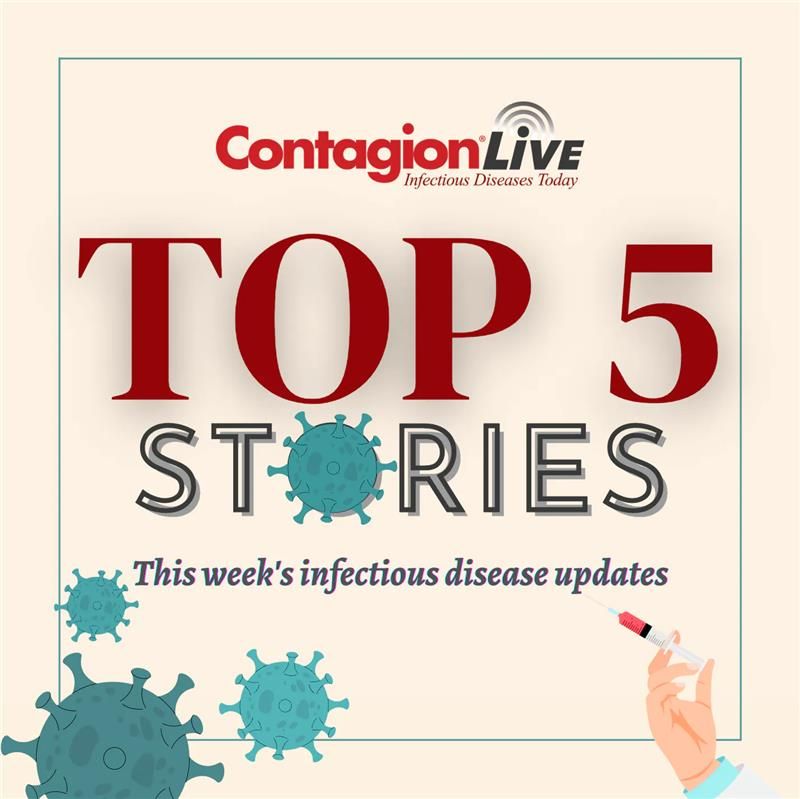Ruud Duijkers, MD, PhD, Department of Pulmonary Medicine, Northwest Hospital, Alkmaar, the Netherlands.
Image Credit: Ruud Duijkers

The use of procalcitonin (PCT) or C-reactive protein (CRP) as biomarkers of resolving infection was associated with shorter durations of antibiotic treatment of community acquired pneumonia (CAP) than in standard care, in a randomized controlled trial conducted in the Netherlands.1
“Biomarkers have been proposed as objective means to tailor antibiotic treatment in patients with CAP,” remarked Ruud Duijkers, MD, Department of Pulmonary Medicine, Northwest Hospital, Alkmaar, the Netherlands, and colleagues.
While PCT is the most studied biomarker, the investigators note that CRP is more commonly used in the Netherlands for patients hospitalized with CAP as it is cheaper and readily available in point-of-care testing.
“Concerns have been raised regarding patient selection in clinical trials, non-adherence to PCT algorithms by treating physicians and usefulness of PCT in patients with atypical pathogens or renal failure,” they indicate.
Finding that antibiotics for CAP are often administered for longer periods than in guideline recommendations, the investigators sought to provide additional evidence for the utility of either biomarker to guide treatment duration.Their parallel group open-label trial randomized 468 patients with diagnosed CAP at 3 hospital sites on a 1:1:1 ratio to treatment guided by PCT, CRP, or standard care protocols.
All patients received treatment consistent with Dutch national guidelines for the first 3 days after admission; and physicians could order routinely available diagnostic tests for any patient.The duration of antibiotics in the standard car group after the initial 3 days was subject to the discretion of the attending physician.
What You Need to Know
The use of PCT or CRP biomarkers to guide antibiotic treatment led to shorter durations compared to standard care.
The PCT-guided group had more new antibiotic prescriptions within the first 30 days compared to the CRP-guided and standard care groups, potentially due to reduced empirical therapy for atypical pathogens.
The study suggests further research is needed, especially to address safety concerns with shorter antibiotic courses, which could be crucial for reducing antimicrobial resistance.
In the biomarker-guided groups, CRP and PCT were determined on day 1 for all patients, and then on day 4 for the intervention groups. Antibiotics were to be discontinued if the day 4 CRP level was below the threshold value of 100mg/L and a reduction below 50% of the initial value; or the PCT was reduced below 0.25μg/L and below 10% of the initial value.
The primary endpoint of the trial was total number of days on antibiotic treatment, including IV and oral, until day 30.Secondary endpoints through the 30 ±2 day follow-up were number of new antibiotic prescriptions, length of stay, time to clinical stability, and all-cause mortality. New antibiotic prescriptions were those that prolonged treatment beyond originally planned duration, or biomarker-driven protocol recommendation, or that restarted the antibiotic after it was discontinued.
Duijkers and colleagues reported that both biomarker-guided groups received shorter courses of antibiotic treatment than with standard care.The median duration of antibiotic treatment was 7 days (interquartile range [IQR] 7-10) with standard care; 4 (IQR 3-7) with CRP-guided protocol; and 5.5 (IQR 3-9) in the PCT group.The rate ratio (RR) of CRP-guided treatment compared to standard treatment was 0.70 (95% CI 0.61-0.82), and 0.78 (0.68-0.89) for the PCT group.
Interestingly, the PCT-guided group received 35 new antibiotics prescribed in the first 30 days, which was higher than with both standard care (24) and in the CRP group (23).The hazard ratio for a new prescription with PCT-guided care compared to standard care was 1.63 (CI 0.97-2.75, p=0.06).
“This might have resulted, in part, from the fact that less patients in the PCT group received empirical therapy that covered atypical pathogens than the other study groups, which might have made them more prone to a change in antibiotic regime,” the investigators posited.
Duijkers and colleagues point out that an important limitation of the trial was insufficient power to ascertain safety of the shorter courses of antibiotics. “Ideally such a trial would include all patients admitted with CAP and should demonstrate superiority in reducing antibiotic exposure over standard clinical practice and simultaneously demonstrate non-inferiority design for unwanted clinical outcomes,” they acknowledged.
Despite limitations, the investigators suggest their findings contribute to identifying simple and objective criteria to shorten the duration of antibiotic treatment, and thereby reduce antibiotic selective pressure driving antimicrobial resistance.









vtzmpd